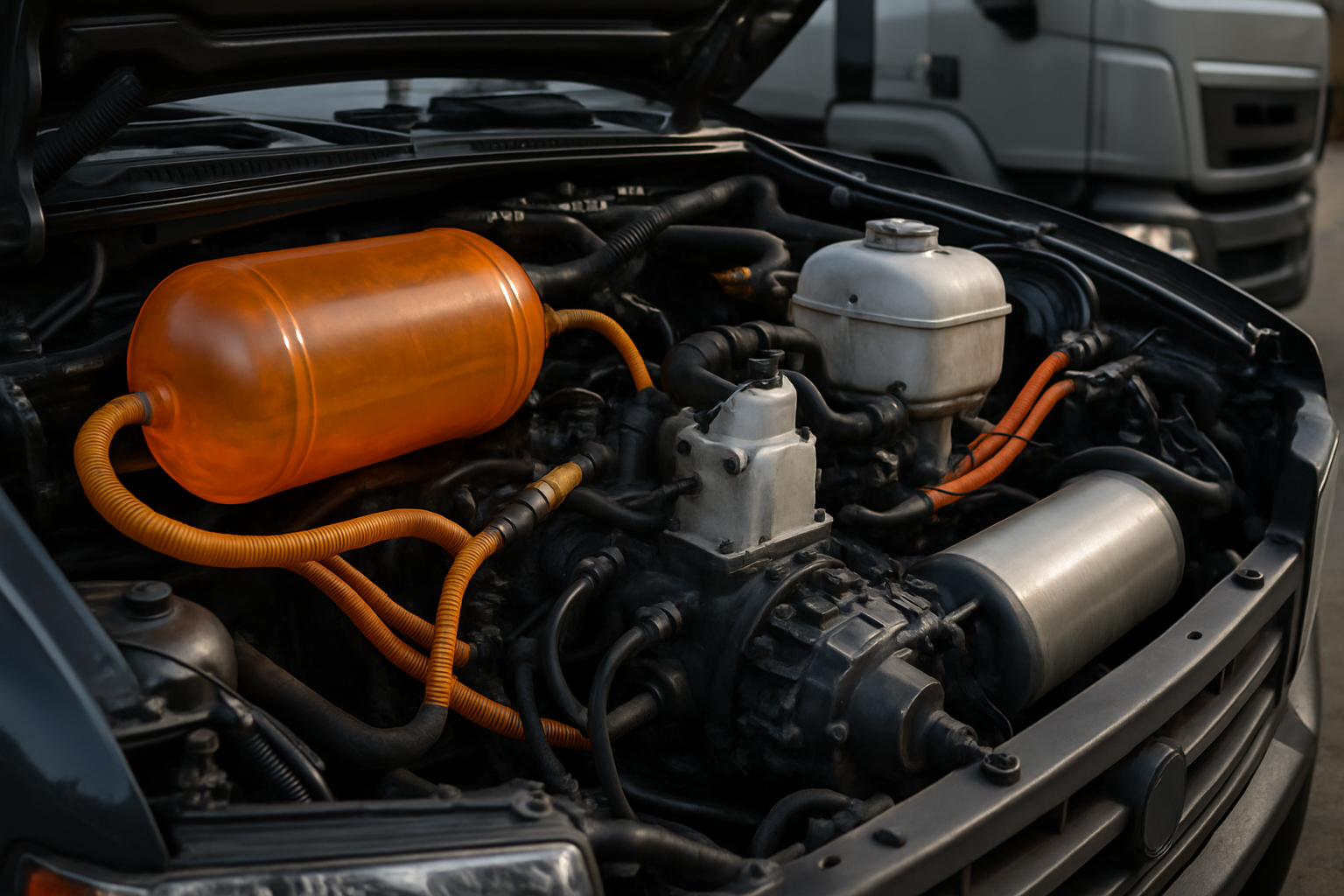Understanding Battery-Powered Lifting Solutions for US Manufacturing Facilities
Manufacturing facilities across the United States increasingly rely on battery-powered lifting equipment to streamline warehouse operations and improve productivity. These electric solutions offer significant advantages over traditional manual equipment, including reduced physical strain on workers, enhanced operational efficiency, and lower long-term maintenance costs. Understanding the various types, capabilities, and considerations of these systems helps facility managers make informed decisions about their material handling needs.

What Are Electric Pallet Trucks and How Do They Work
Electric pallet trucks represent a significant advancement in material handling technology for manufacturing facilities. These battery-powered devices combine the basic functionality of manual pallet jacks with electric motors that provide lifting and propulsion assistance. The electric system typically consists of a rechargeable battery pack, electric motors for lifting and driving, and control systems that allow operators to manage speed and direction with minimal physical effort.
These machines operate using either walk-behind or ride-on configurations, depending on the specific model and intended application. The electric lifting mechanism can handle loads ranging from 2,000 to 8,000 pounds, making them suitable for most standard warehouse operations in US manufacturing facilities.
Benefits of Electric Pallet Trucks in US Manufacturing
Manufacturing facilities across the United States benefit significantly from implementing electric pallet truck systems. These machines reduce workplace injuries by eliminating the physical strain associated with manual lifting and pulling heavy loads. Workers can move materials more efficiently, leading to increased productivity and reduced labor costs over time.
Electric pallet trucks also provide consistent performance throughout shifts, unlike manual alternatives that depend on worker strength and endurance. The precision control offered by electric systems enables safer navigation in tight spaces and around expensive equipment, reducing the risk of product damage and workplace accidents.
Types and Configurations Available in the US Market
The US market offers several distinct types of electric pallet trucks designed for different operational requirements. Walk-behind models provide excellent maneuverability in confined spaces and are ideal for facilities with narrow aisles or frequent direction changes. These units typically feature adjustable speed controls and ergonomic handle designs.
Ride-on electric pallet trucks suit facilities with longer transport distances and higher throughput requirements. These models include operator platforms and often feature additional comfort and safety features such as cushioned flooring and emergency stop systems. Semi-electric models combine manual pumping for lifting with electric propulsion, offering a cost-effective middle ground for facilities with moderate usage requirements.
| Product Type | Provider | Cost Estimation |
|---|---|---|
| Walk-Behind Electric | Crown Equipment | $8,000 - $15,000 |
| Ride-On Electric | Toyota Material Handling | $12,000 - $25,000 |
| Semi-Electric | Raymond Corporation | $5,000 - $10,000 |
| Heavy-Duty Electric | Hyster-Yale | $15,000 - $30,000 |
Prices, rates, or cost estimates mentioned in this article are based on the latest available information but may change over time. Independent research is advised before making financial decisions.
Battery Technology and Charging Considerations
Modern electric pallet trucks utilize advanced battery technologies that significantly impact operational efficiency and total cost of ownership. Lithium-ion batteries have become increasingly popular in US manufacturing facilities due to their longer lifespan, faster charging capabilities, and reduced maintenance requirements compared to traditional lead-acid alternatives.
Charging infrastructure planning is crucial for successful implementation. Most facilities require multiple charging stations strategically located throughout the warehouse to minimize downtime. Fast-charging capabilities allow for opportunity charging during breaks, while standard overnight charging ensures full battery capacity for each shift.
Maintenance and Operational Requirements
Proper maintenance of electric pallet trucks ensures optimal performance and extends equipment lifespan. Regular maintenance includes battery care, motor inspection, hydraulic system checks, and wheel replacement as needed. Most manufacturers recommend professional servicing every 1,000 operating hours or annually, whichever occurs first.
Operator training is essential for safe and efficient use of electric pallet trucks. Training programs should cover proper loading techniques, battery management, safety protocols, and basic troubleshooting procedures. Many US manufacturers provide comprehensive training programs as part of their equipment packages.
Selecting the Right Electric Pallet Truck for Your Facility
Choosing appropriate electric pallet truck equipment requires careful evaluation of facility-specific requirements. Key considerations include load capacity requirements, operating environment conditions, daily usage patterns, and available floor space for maneuvering. Facilities should also consider future growth plans and potential changes in operational requirements.
Working with experienced material handling dealers helps ensure proper equipment selection and ongoing support. Many dealers offer demonstration programs that allow facilities to test different models under actual operating conditions before making purchase decisions. This approach helps identify the most suitable equipment configuration for specific manufacturing environments and operational workflows.




